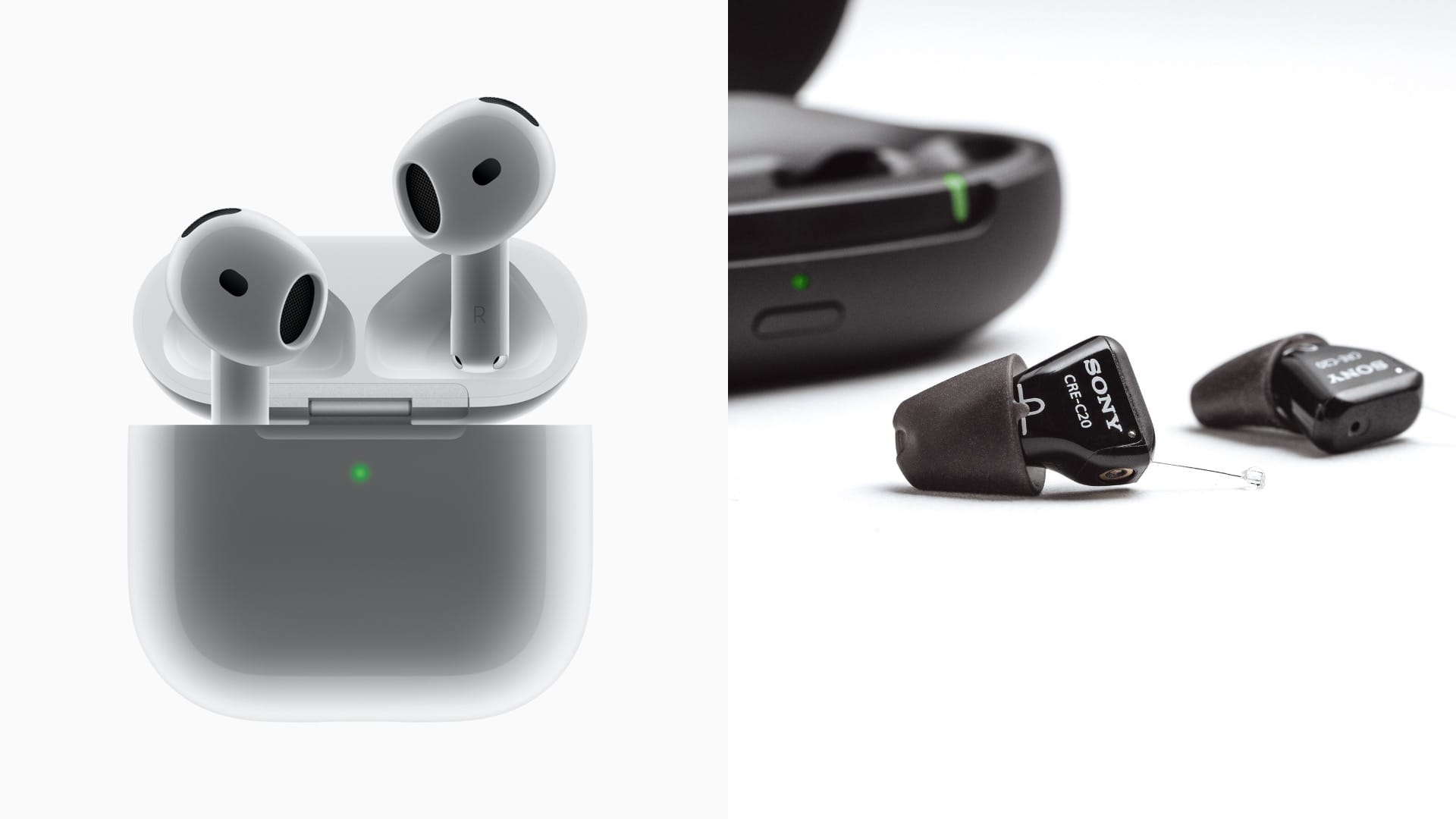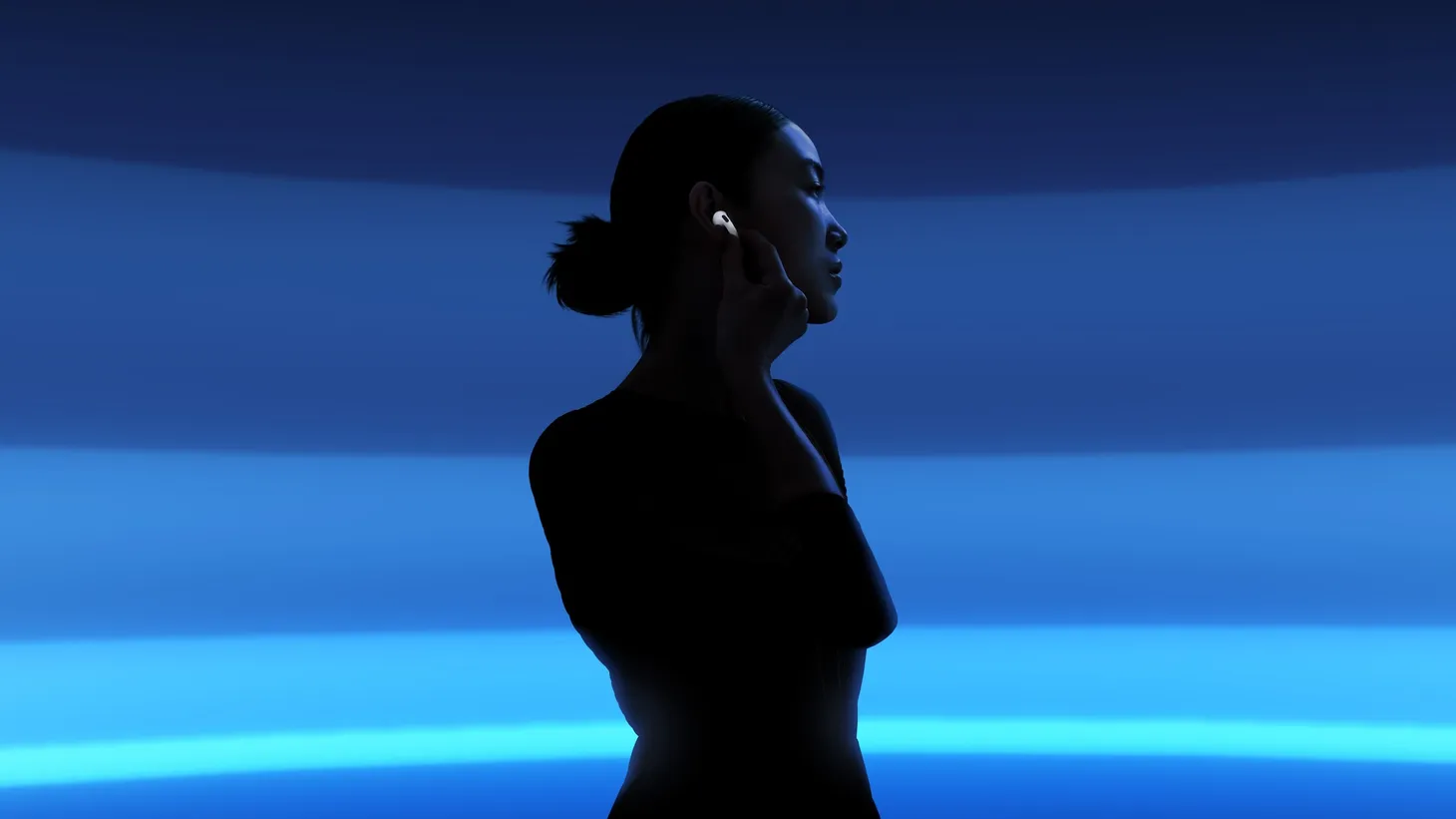Earbuds on the bubble
What form factor will win the OTC hearing aids race? Earbuds, or behind-the-ear hearing aids?

I'd always thought earbuds would be the most natural dominant form factor for over-the-counter (OTC) hearing aids. After all, earbuds are much more familiar to consumers than behind-the-ear OTC form factors that look like traditional hearing aids.
But GN Group's decision to discontinue its Jabra Enhance Plus earbud hearing aids in October 2024 is forcing me to rethink form factors. And now I'm thinking that the much-maligned behind-the-ear hearing aids might well win the OTC form factor race.
Lower margins in a highly competitive market
GN, one of the world's five leading manufacturers of hearing aids, has been infusing its Jabra subsidiary's consumer products with high-end hearing technologies for years. So when the FDA approved sales of OTC hearing aids, it was no surprise when Jabra introduced its Enhance Plus earbud hearing aids. And the new earbuds got boffo reviews.
But GN apparently has decided that profit margins in the lower priced earbud business would be less attractive than more profitable premium-priced products in its portfolio of consumer and prescription hearing solutions. So it decided to wind down all its earbud form-factor products.
"The investment required for future innovation and growth in this very competitive space is deemed unjustified in the long-term given associated risks," GN CEO Peter Karlstromer said in a financial news release. "We cannot generate a fair return on investment compared to the many other opportunities we have."
Learning to love behind-the-ear hearing aids
An OTC behind-the-ear (BTE) hearing aid—with a processor unit sitting behind the ear connected to a wire extending to a speaker (or "receiver") that sits inside the ear canal—resembles the form factor of hearing aids from decades ago. That simple fact turns off many potential users who still fear a stigma associated with wearing hearing aids.

But there's a crucial difference with the new BTE's, known as "receiver-in-the-canal" (RIC) hearing aids. They are so small that they are virtually invisible. They are definitely not your grandfather's hearing aids. In fact, more than 80 percent of hearing aid users wear BTE form factors. Why? Because nearly all the drawbacks that in the past made people not want to wear them have been eliminated:
- Appearance: The new BTE hearing aids are nearly invisible. A small processor sits behind the ear, and you have to stand behind and above the wearer to even notice it. A very thin wire that's difficult to see even if you are looking for it follows the natural curve of the ear into the ear canal. And the tiny receiver (speaker) sits out of site within the ear canal. Compared to earbuds that stick prominently out of your ear, the BTEs are virtually invisible.
- Performance: A BTE can pack enormous processing power into the small behind-the-ear unit, which also integrates the hearing aid's tiny microphones. that sits behind the ear. And while earbuds must integrate all the components into one small space, a BTE doesn't have to make room for the speaker (receiver), which sits at the end of the wire extending all the way into the ear canal. So you get a bigger processor chipset with more sophisticated sound processing—including exciting new AI-enabled advances—than with earbud hearing aids. And their rechargeable batteries often last much longer.
- Connectivity: Bluetooth streaming from you phone is emerging as a killer app for hearing aids. And because BTEs have more room to integrate high-performance microphones, many can pick up your voice when you are streaming a phone call. Most earbud hearing aids still require you to use your phone's speaker to talk to the other party, which means your phone calls can't be hands free. And the BTE processors have more power to accommodate the latest Bluetooth updates such as Auracast, which will enable you to receive public broadcast streaming at movie theaters and concerts.
- Comfort: There's a reason most people who use earbuds for sports, commuting, podcasts, streaming music and other applications don't wear them for more than a few hours at a time. They can be a little uncomfortable. And they can create an "occlusion" effect that makes environmental noise sound muffled and unnatural. The new BTE hearing aids, on the other hand, are so small and light that you can barely feel them sitting on and in your ear. And the receiver in the canal has such a tiny speaker that there's plenty of airflow to avoid the feeling of occlusion.
To industry watchers, this isn't a new story. More than 15 years ago, when the first receiver-in-the-canal BTE prescription hearing aids came out, a high percentage of hearing aids were small "completely-in-the-canal" form factors that either fit "completely in the canal" CIC, partially in the ear canal (ITE), or "in-the. But

What about Apple's Airpods Pro 2 earbuds?
Apple's entry into the FDA-approved hearing aid market with upgrades to its Apple Airpods 2 earbuds positions it as a strong low-priced competitor squeezing existing suppliers of OTC earbud-style hearing aids. Its $249 price is expected to make life difficult for suppliers of high quality OTC earbuds costing hundreds of dollars more. But in spite of great technology and sound quality, it's got some significant limitations for all-day hearing aid use, especially with only five or six hours of battery life.
Is Sony's completely-in-the-canal model a dark horse?
Sony and several other OTC hearing aid manufacturers, including Eargo, are delivering higher performance in smaller hearing aids that fit entirely within the ear. Sony's C20 CIC hearing aids are rechargeable, a critical upgrade from the original C10 CIC's which required users to change tiny disposable #10 hearing aid batteries. And Eargo, an OTC in-the-ear hearing aid, gets enthusiastic customer reviews for comfort and performance.
Don't be surprised if these very tiny hearing aids, currently the dark horse in the race to user acceptance, start to gain ground on both earbud hearing aids and RIC-style BTE's. Watch this space!
I
Hearing Industry Report Newsletter
Join the newsletter to receive the latest updates in your inbox.


